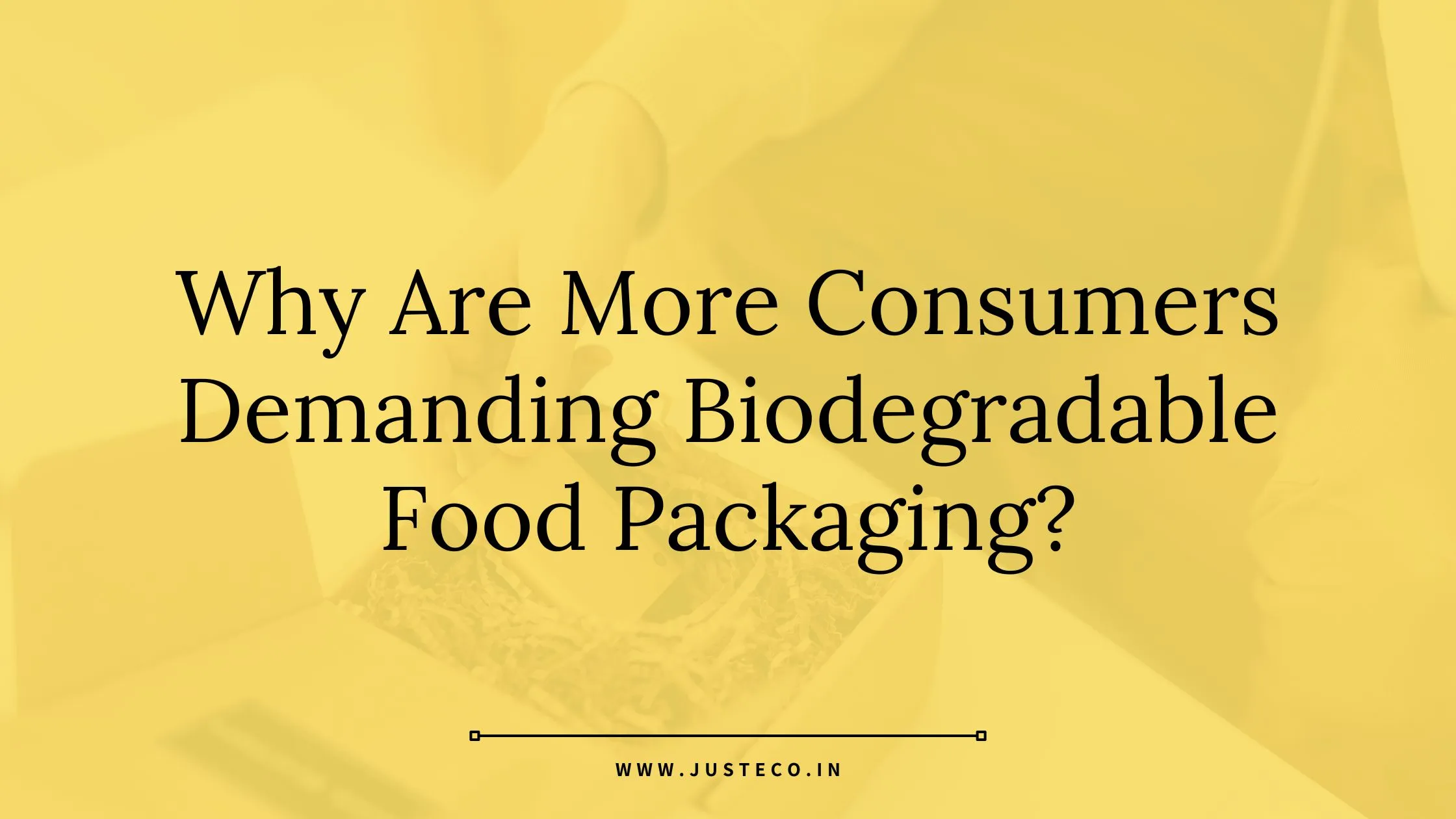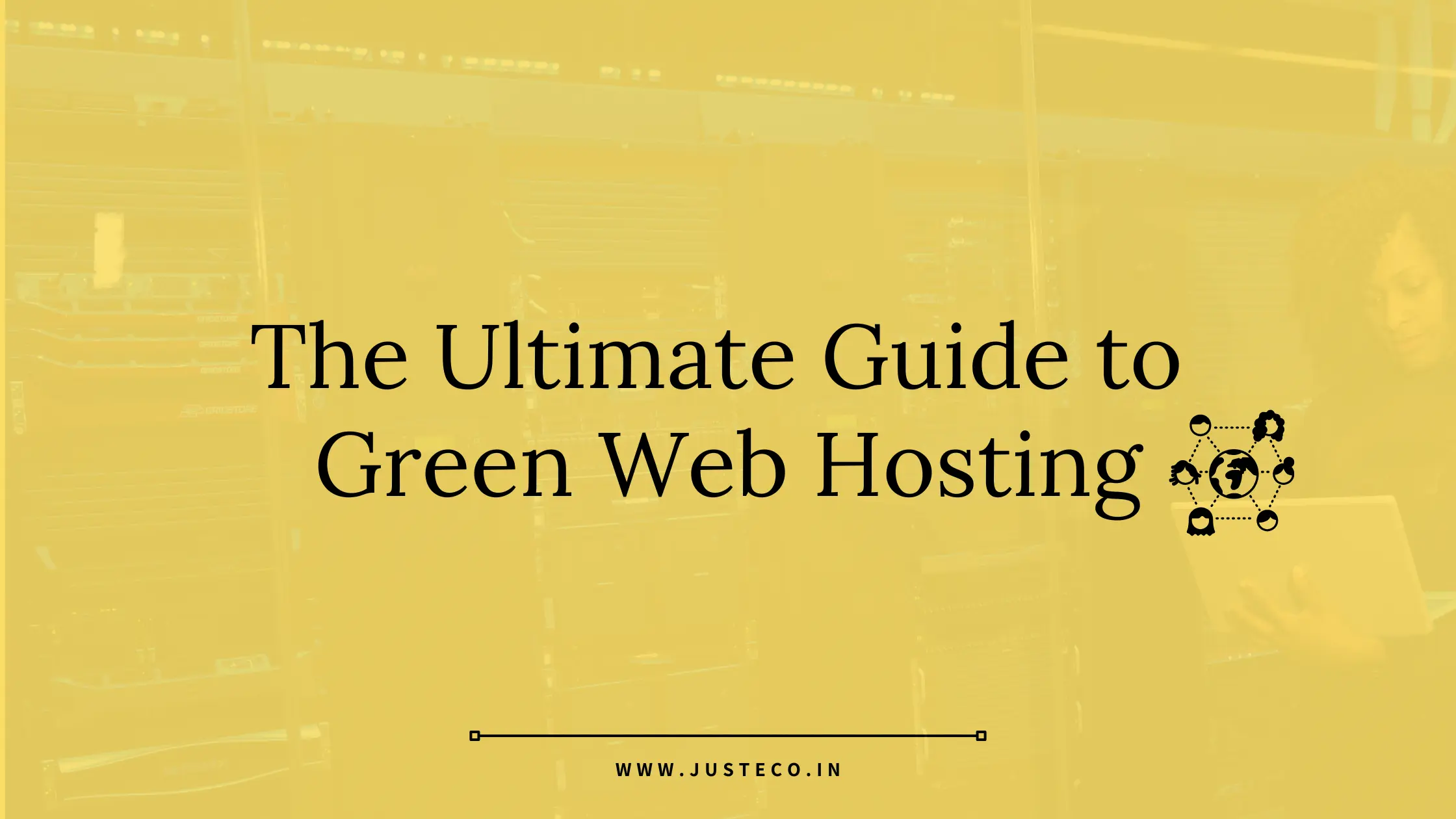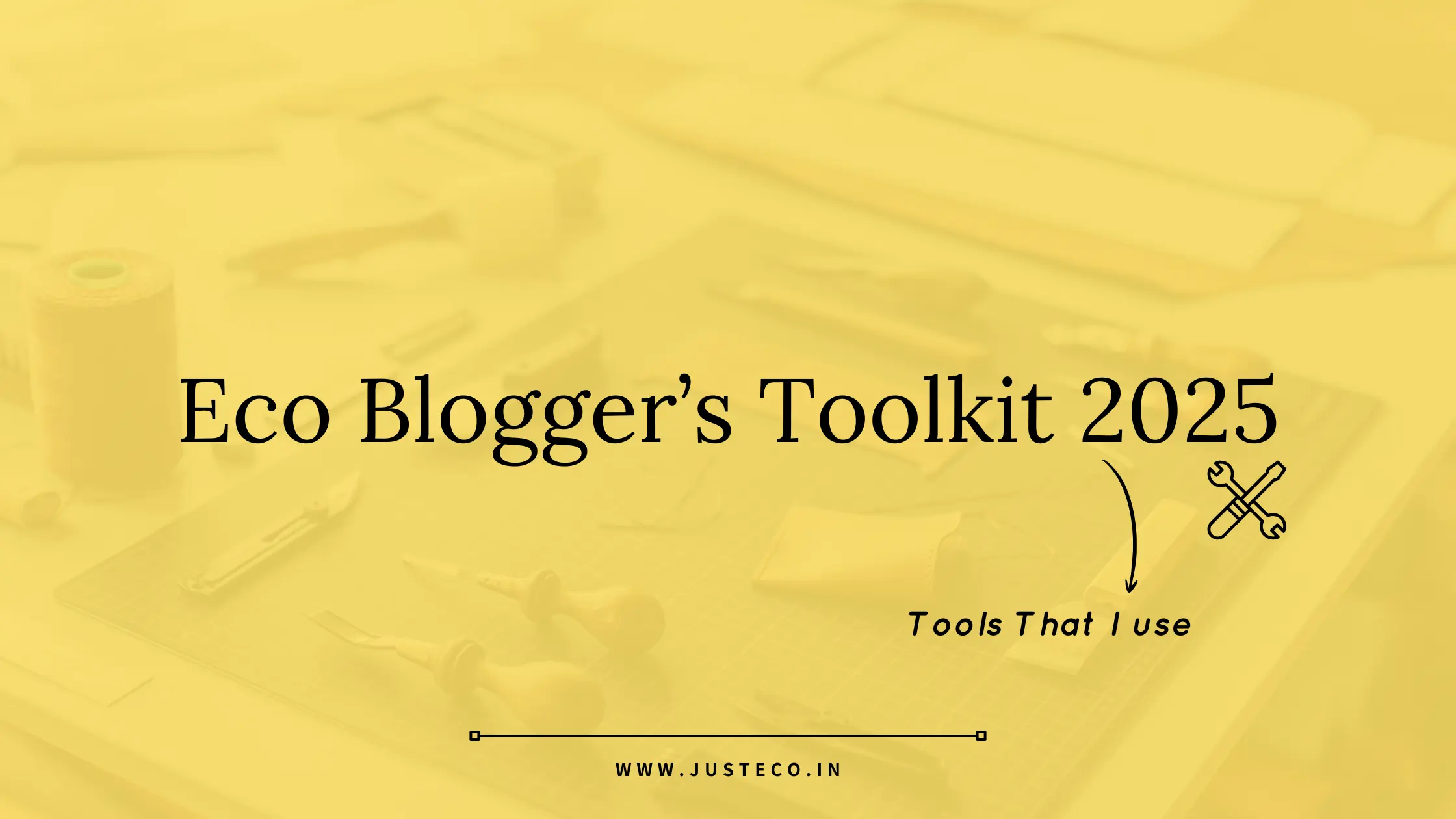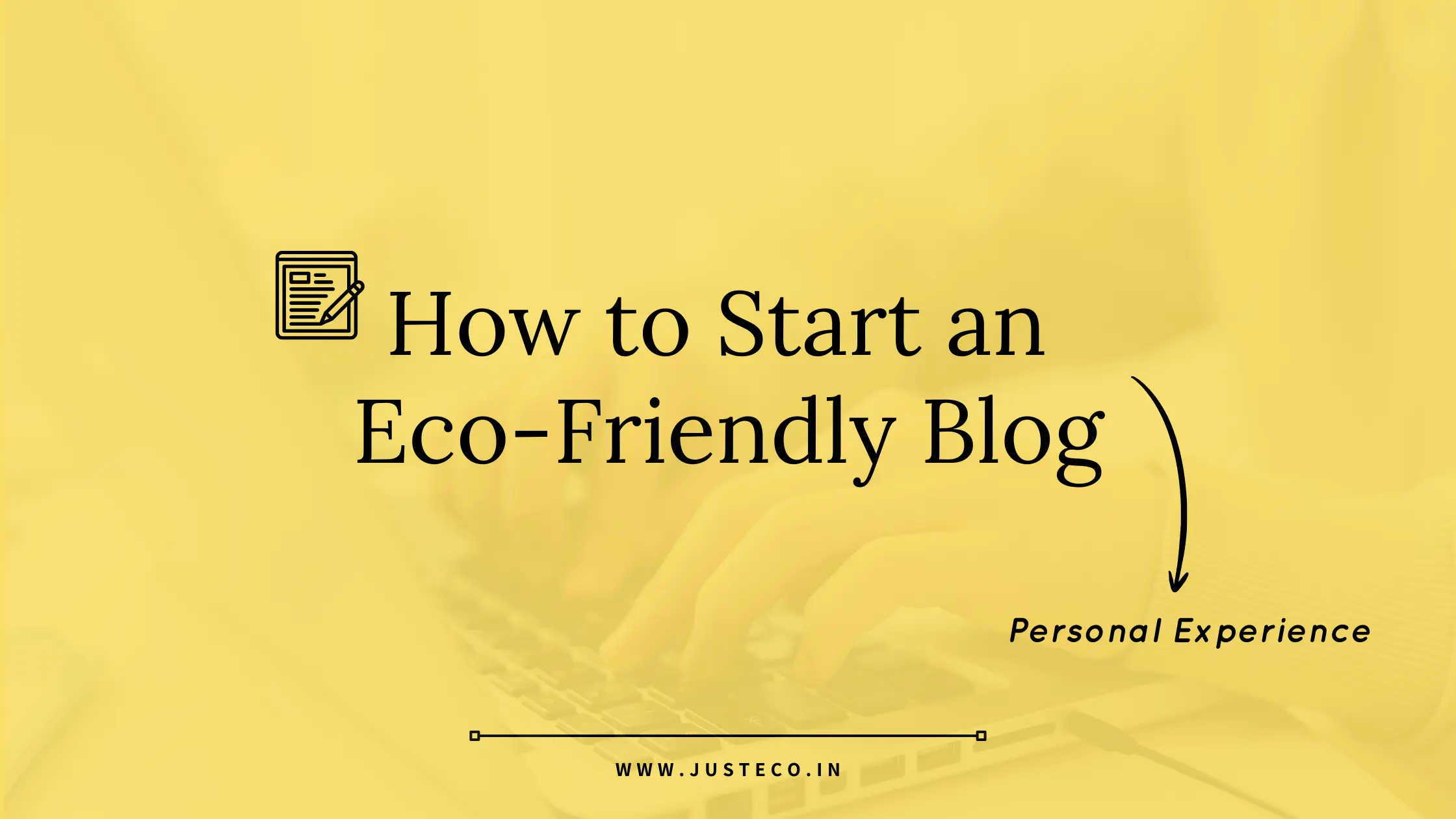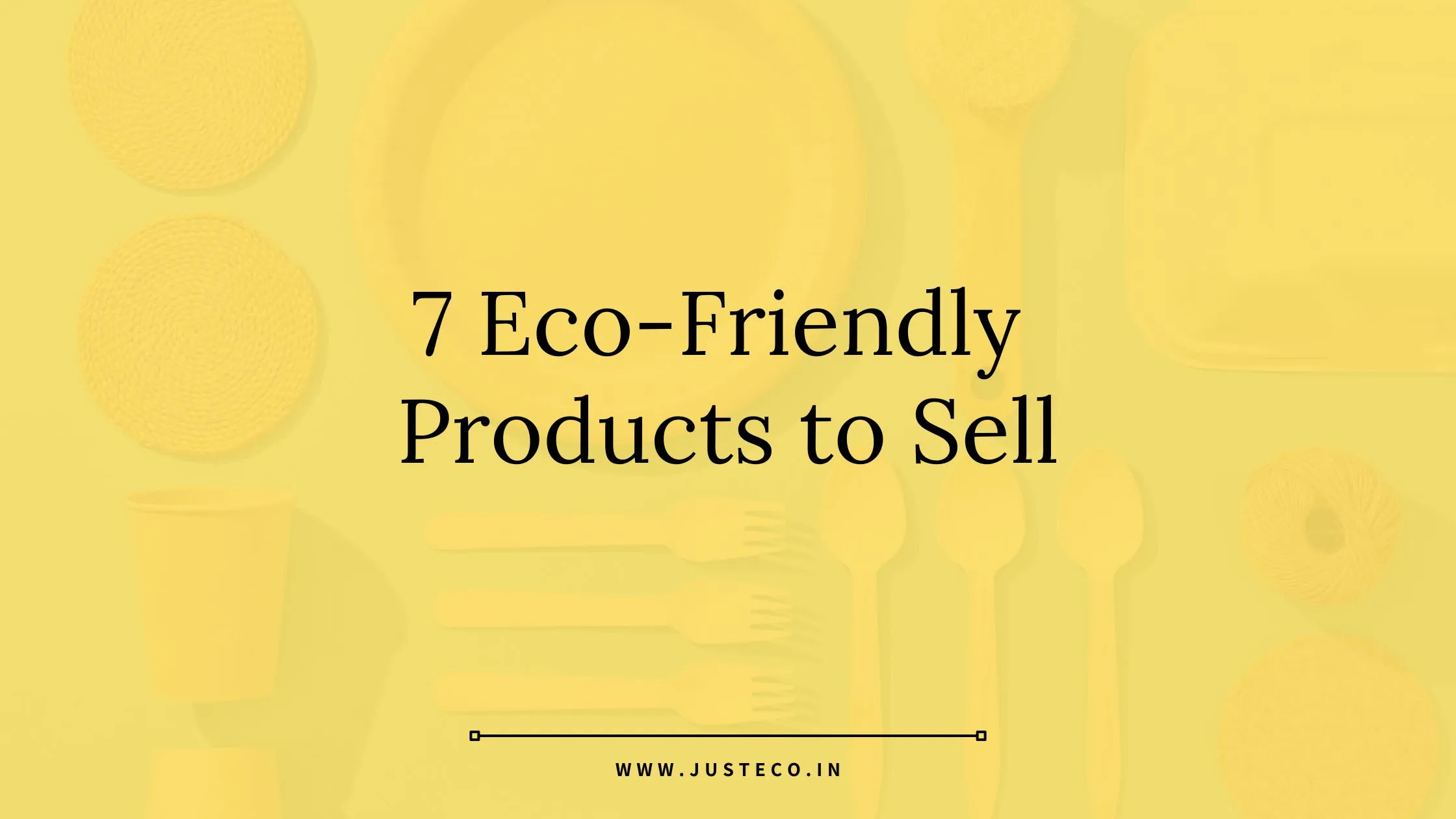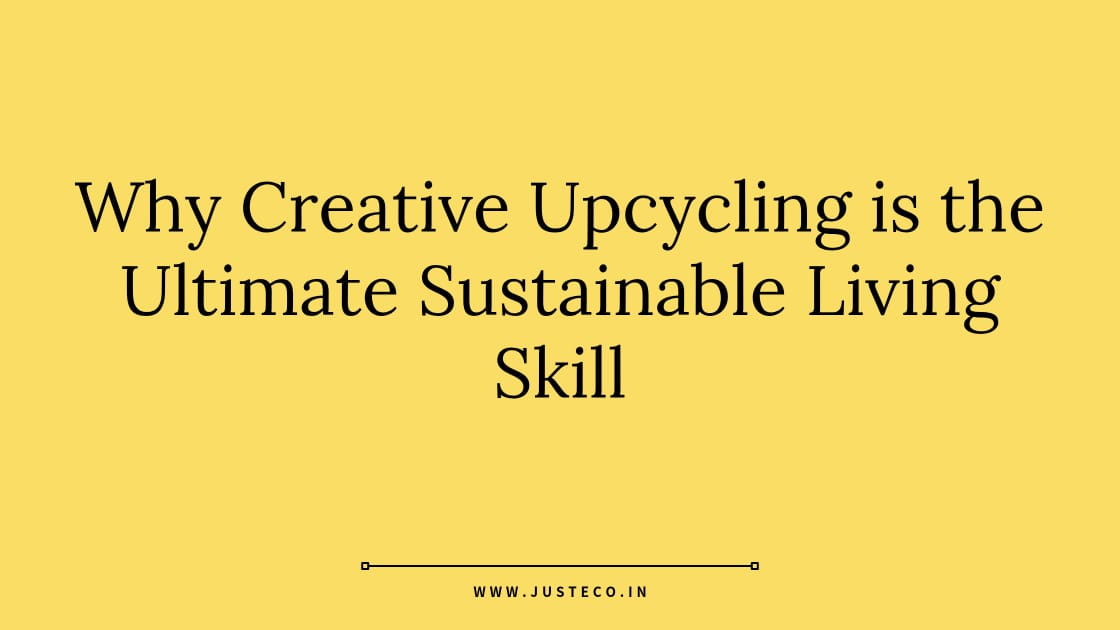Although we can’t say for sure, scientists predict that we have approximately 10 years to save the planet. By ‘save the planet’ we are referring to the amount of time we have until climate change is irreversible.
The UN has stated that we are the last generation who have the power to prevent irreversible damage to earth. Effects of irreversible climate change include but are not limited to; frequent wildfires, longer periods of drought, increase in intensity and frequency of tropical storms.
Table of Contents
ToggleWays to become more eco-friendly
There are a number of ways you as an individual can make small differences in your daily life to become more environmentally friendly. These changes shouldn’t mean you have to miss out on anything, nor should they cause you to spend considerably more money. Instead, we wanted to share realistic ways in which you can switch to more eco-friendly alternatives.
1. Walk, cycle, or use public transportation where possible.
Many people don’t realise the huge environmental impact caused by cars, so the less often you drive, the more you can help the environment by reducing your carbon footprint.
Although public transportation such as buses still emit greenhouse gases, since they can carry more passengers, they are a much better alternative. What’s more, increasing numbers of buses are becoming electric to make them even more environmentally friendly.
If you feel confident enough to commute via bicycle or other eco-friendly transportation medium, this is also an excellent option because it is eco friendly, affordable and still gets you from A to B quicker than walking.
2. Reduce meat consumption.
You do not need to go to extremes to become more environmentally friendly, and this goes for meat consumption too. Although of course it is better to be vegan or vegetarian, even reducing your meat consumption slightly can have a significantly positive impact.
Statistics show that if everyone reduced their meat consumption by 25%, it would reduce annual greenhouse gas emissions by 1%. Now, this might not seem a lot, but Emissions must drop 7.6 per cent per year from 2020 to 2030 to keep temperatures from exceeding 1.5°C and 2.7 per cent per year to stay below 2°C. And every little counts, therefore this 1% is significant in the grand scheme of things making reducing meat consumption definitely something worth considering.
3. Recycle
Another excellent way you can reduce your carbon footprint is by actively recycling. Everyone is sure to have heard of recycling, but you may not be aware of its significance. Recycling prevents the emissions of many greenhouse gases and pollutants which helps to tackle climate change.
4. Stop using plastic
As we as a society become more and more aware of the impact of our plastic use, there are lots of businesses and products coming up with solutions to tackle this issue. You can now find biodegradable carrier bags as well as bags for life which are reusable.
By limiting or ideally stopping using plastic altogether you can significantly reduce your individual impact on the environment. Plastic is specifically bad for the environment because the material takes a long time to deteriorate, release toxic chemicals and have a detrimental effect on wildlife.
5. Buy second hand products
Finally, if you are a shopaholic and always like a new outfit for each event in the calendar, or simply like to regularly update your home decor, it might be hard to break buying habits. However, with a range of apps like depop, vinted, facebook marketplace and ebay, it has never been easier to purchase quality second hand goods.
This way you can keep your wardrobe up to date and home decor feeling new without having to buy into fast fashion, another major culprit causing damage to the environment.
6. Shop eco-friendly brands and their products.
Another way to become more eco friendly is to support eco-friendly businesses and switch to buying eco friendly products and alternatives. We have put together our top picks of eco-friendly brands and their products.
Victory Colours– Sustainable & Vegan Paint
Victory Colours is an independent family business that has been in the decorating industry for years. Once they began to have families of their own, they became more aware of the environmental damage being done to our planet.
Although they knew they could not directly change this, they could use their product knowledge to reduce environmental damage by creating an eco-friendly product range.
From here Victory Colours was born and have been creating and selling a technically advanced paint formula which is as safe as possible for humans and animals and produces minimal contributions to the ozone layer.
But the benefits don’t stop there. Victory Colours paint is vegan, cruelty free, low VOC, ultra low odour, durable and comes with washable properties making it the perfect choice for families or households with pets. Also, the packing used by this brand is either recycled, recyclable or made from sustainable materials such as bamboo.
More about VOC’s: you may be wondering, what are VOCs? This term stands for Volatile Organic Compounds, materials that are commonly found in exhaust fumes, cleaning products and paint.
As paint dries, these chemicals are released into the atmosphere and can contribute to atmospheric pollution. What’s more is that once the paint dries, these VOCs continue to off-gas chemicals, particularly when they come into contact with direct sunlight or heat.
It’s not hard to imagine the damage that inhaling VOCs does to our bodies as well as the environment. So, using a low VOC alternative paint like that sold by Victory Colours is a much safer option for both your health and environment.
Pavegen- Electromagnetic Generators
Pavegen is a company who have created award-winning technology that uniquely uses the renewable kinetic energy generated by a footstep to create power.It was all started with CEO Laurence Kemball-Cook who set out with a clear mission; to produce clean, off-grid electricity all through the power of a simple footstep.
The Pavegen tiles are made from almost 100% recycled materials- mostly rubber and some marine grade stainless steel. They can be retrofitted to existing structures and are waterproof as well as designed to withstand outdoor conditions.
Mooncup- Menstrual Cup
Ethical pioneer and “period game changer” -Mooncup Created in 2002 have produced the world’s first medical grade silicone menstrual cup. The aim of the mooncup was to put an end to the waste, expense and discomfort of throwaway tampons and pads and setting the standard for sustainable period care.
The mooncup was designed by women for women, features include that it is made from a soft, medical grade silicone making it so comfortable you can’t even feel that it’s there.
It holds three times more than a regular tampon and you only need one mooncup regardless of your flow which helps to save money and most importantly reduce waste making it an excellent eco-friendly alternative to other sanitary products like tampons and biodegradable pads. Finally, the mooncup is vegan society certified, free from plastics, dyes and toxins.
Innocent- Smoothie
Innocent began back in 1999 with a dream to make it easier for people to do themselves some good. The founders took their smoothies along to a music festival and put up a big sign asking people if they thought that the founders should give up their jobs to make drinks out of crushed fruit instead.
Since then innocent smoothies have skyrocketed and whilst the brand remains on a mission to keep people healthy and help out communities who need it most, they also want to make a difference by helping our planet become healthier too.
To do this they have pledged to be carbon neutral by 2025. Although this brand was not directly created to provide an eco-friendly product, they are doing their best to become an eco-friendly brand which is rare amongst larger food and beverage companies.
Olio- Food Sharing App
OLIO links neighbours with one another and with nearby companies so that extra food can be shared rather than wasted. This might be food from nearby stores that is about to expire, extra vegetables from your garden, bread from your baker, or the food you have in your refrigerator before you go. For your convenience, OLIO can be used for household goods that aren’t food-related.
How does the app work? OLIO is quite simple. Simply open the app, add a photo, a description, and the time and location the item will be available for pickup to make it accessible. To access items, simply browse the listings available near you, request whatever takes your fancy and arrange a pick-up via private messaging.
How it started: Founder Tessa Clarke came up with the idea in December 2014 where she describes her ‘lightbulb moment’. Whilst packing up her apartment in Switzerland preparing to move back to the UK, despite her best efforts to eat any food she had, she was left with 6 sweet potatoes, a whole cabbage and some pots of yoghurt.
The removal men just told her that all food needed to be thrown away but Tessa didn’t want to waste it. So, she got herself, a newborn baby and toddler dressed and set off armed with this leftover food to find someone to give it to.
Olios vision: Our vision is for millions of hyper local food sharing networks all around the world. We believe OLIO can help create a world in which nothing of value goes to waste, and every single person has enough to eat – without destroying our planet in the process.
Food waste statistics: Over $1 trillion worth of food is wasted worldwide, between 33 and 50 percent of which is never consumed. To put that in context, food waste in the USA accounts for 1.3 percent of the nation’s GDP. Massive market inefficiencies, such as food waste, don’t exist in other businesses.
Every night, 800 million people go to bed hungry. This equates to 1 in 9 individuals on the earth who are undernourished or famished. On less than a fifth of the food that is wasted in the United States, the United Kingdom, and Europe each year, every single one of them could have enough to eat.
Food waste has a terrible, terrible impact on the environment. Every year, a land area larger than China is required to produce the food that is ultimately thrown out. This land has been deforested, native communities have been relocated, species have been driven to extinction, and the soil has been damaged.
Additionally, 25% of the world’s fresh water use is made up of food that is never consumed. Gulp. Food waste is not only a waste of the resources used to produce it (land, water, labour, energy, manufacturing, packaging, etc.), but it also decomposes without oxygen in landfills, which is where the vast majority of it ends up.



